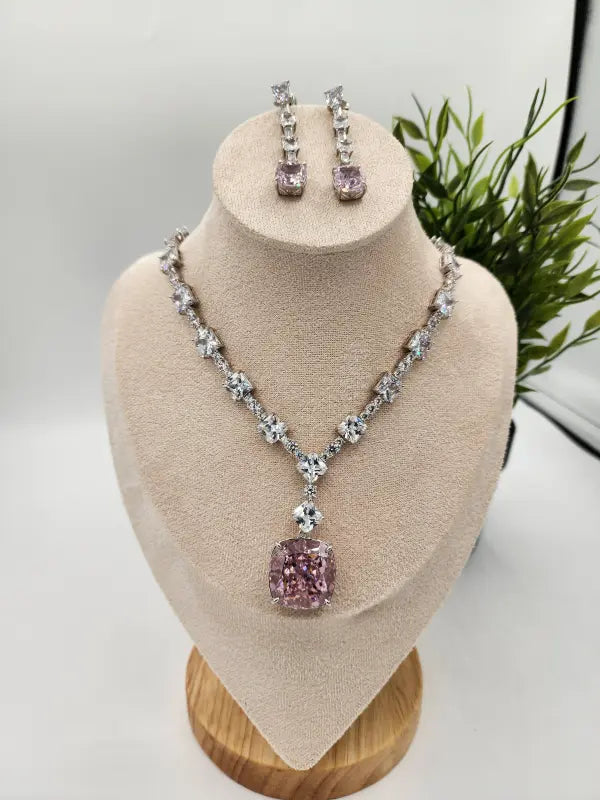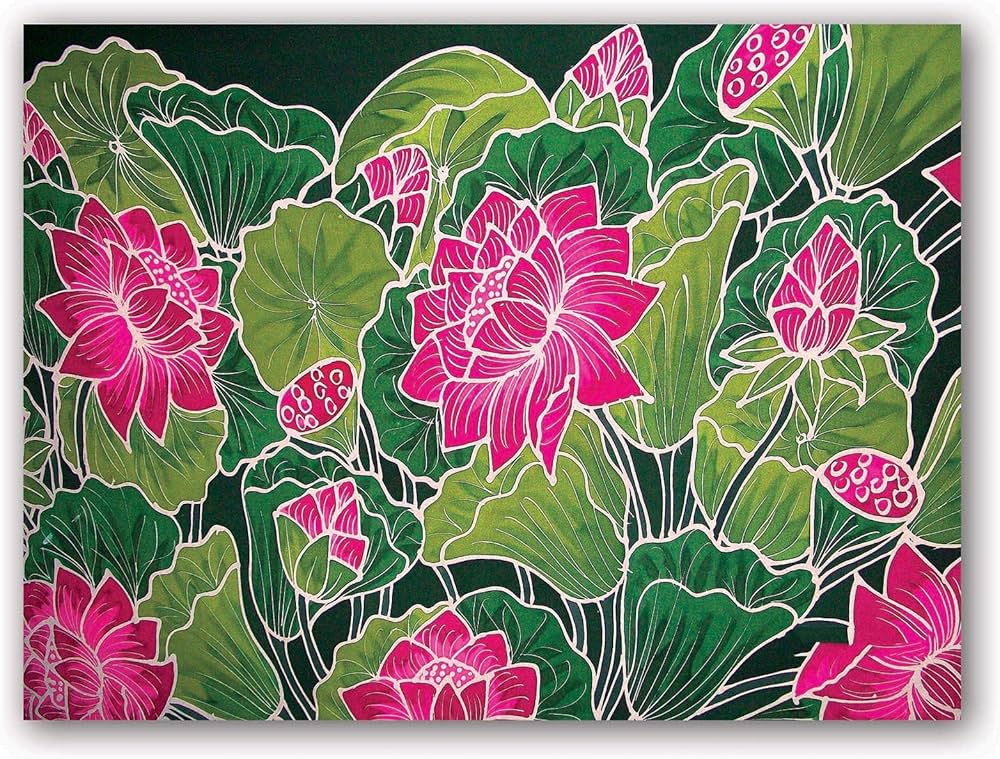Batik is an ancient art form and craft that has captivated artists and artisans for centuries. Its roots can be traced to various cultures around the world, from China and Japan to India, South America, and Europe. However, it is in Java, Indonesia, where batik has flourished into a deeply ingrained tradition, renowned for its intricate designs and cultural significance. The term "batik" itself originates from the Javanese word “tik,” which means "to dot," reflecting the method used in creating this unique art form.
Understanding the Batik Process
At its core, batik is the art of decorating fabric using wax and dye. The process begins with the application of hot wax to certain areas of a fabric to block them from absorbing dye. This technique creates a resist effect, where the areas covered in wax remain uncolored, while the exposed areas take on the hue of the dye. The complexity and beauty of batik designs come from the ability to layer wax and dye multiple times, allowing artists to produce elaborate and vibrant patterns.
Traditional Batik Techniques

Traditional batik typically involves the following steps:
- Design Preparation: The design is first drawn onto the fabric, often with a pencil or a thin brush.
- Wax Application: Hot wax is applied to the fabric using a tool called a canting (a small spouted container) or stamps. The wax serves to block out the dye from the areas it covers.
- Dyeing: Once the wax has cooled and solidified, the fabric is immersed in dye. The dye penetrates the fabric, but areas covered by wax remain the original color.
- Repeating the Process: For more intricate designs, this process of waxing and dyeing is repeated several times. Each layer of wax and dye adds depth and complexity to the final pattern.
- Wax Removal: After the final dyeing, the wax is removed, usually by boiling the fabric in water. The result is a striking pattern with a rich, textured appearance.
The Evolution of Batik

While traditional batik is deeply rooted in historical practices, contemporary batik has evolved significantly. Modern artists have embraced a variety of new techniques and tools, expanding the possibilities of this ancient craft. Today's batik artists might use techniques such as:
- Spraying and Etching: Applying dyes or removing wax using spray techniques or etching methods to create unique textures and effects.
- Discharging and Cracking: Techniques that involve removing dye or creating cracks in the wax to produce distinctive patterns.
- Marbling: Combining dyes to create swirling, marble-like effects on fabric.
The tools used have also diversified, with artists utilizing copper and wooden stamps, brushes, and stencils. Additionally, the choice of wax has expanded beyond traditional beeswax to include paraffin and soya wax, each offering different resist qualities. The use of both natural and synthetic dyes allows for a broader spectrum of colors and effects.
Cultural Significance of Batik
Batik is not only an art form but also a significant cultural practice. In Indonesia, particularly in Java, batik is a symbol of identity and heritage. Each region has its own distinct styles and motifs, often reflecting local folklore, religious beliefs, and historical events. Traditional batik patterns can denote social status, family heritage, or regional affiliation.
In addition to its cultural significance, batik has become a symbol of artistic expression and innovation. Contemporary batik artists continue to push the boundaries of this traditional craft, exploring new materials and techniques while maintaining a connection to its historical roots.
Challenges and Innovations

Despite its rich tradition, batik faces challenges in the modern world. The process can be labor-intensive and requires a high level of skill and patience. The use of traditional materials and techniques might also be impacted by environmental concerns and the availability of resources.
However, these challenges have spurred innovation. Modern batik artists are experimenting with eco-friendly materials and techniques, integrating sustainable practices into their work. The introduction of digital technologies, such as computer-aided design and printing, has also expanded the possibilities for creating batik patterns, bridging traditional methods with contemporary practices.
Conclusion
Batik is a vibrant and evolving art form that bridges the past with the present. Its rich history and cultural significance, combined with contemporary innovations, make it a fascinating and dynamic medium. Whether practiced in traditional forms or explored through modern techniques, batik continues to inspire and captivate artists and audiences alike. The art of batik, with its intricate patterns and expressive potential, remains a testament to the creativity and craftsmanship that have defined it for centuries.
Frequently Asked Question
1.What is batik?
Batik is an art form and craft that involves decorating fabric using wax and dye. The wax resists the dye, creating intricate patterns on the fabric.
2. What materials are used in batik?
Batik is typically done on fabric like cotton, silk, or linen, but can also be applied to paper, wood, leather, and ceramics. The main materials include wax (such as beeswax or paraffin) and dyes.
3. How is batik made? To make batik, hot wax is applied to specific areas of fabric to block dye absorption. After dyeing, the wax is removed, revealing the design. This process can be repeated with multiple layers of wax and dye for more complex patterns.
4. What are some common batik techniques? Common techniques include using canting (a small tool for drawing wax), stamping wax with copper or wooden stamps, and applying dye using spraying or etching methods.
5. Where did batik originate? Batik originated in Java, Indonesia, and has been a significant part of Javanese culture for centuries. It has since spread to various parts of the world, each adopting and adapting the technique in unique ways.





